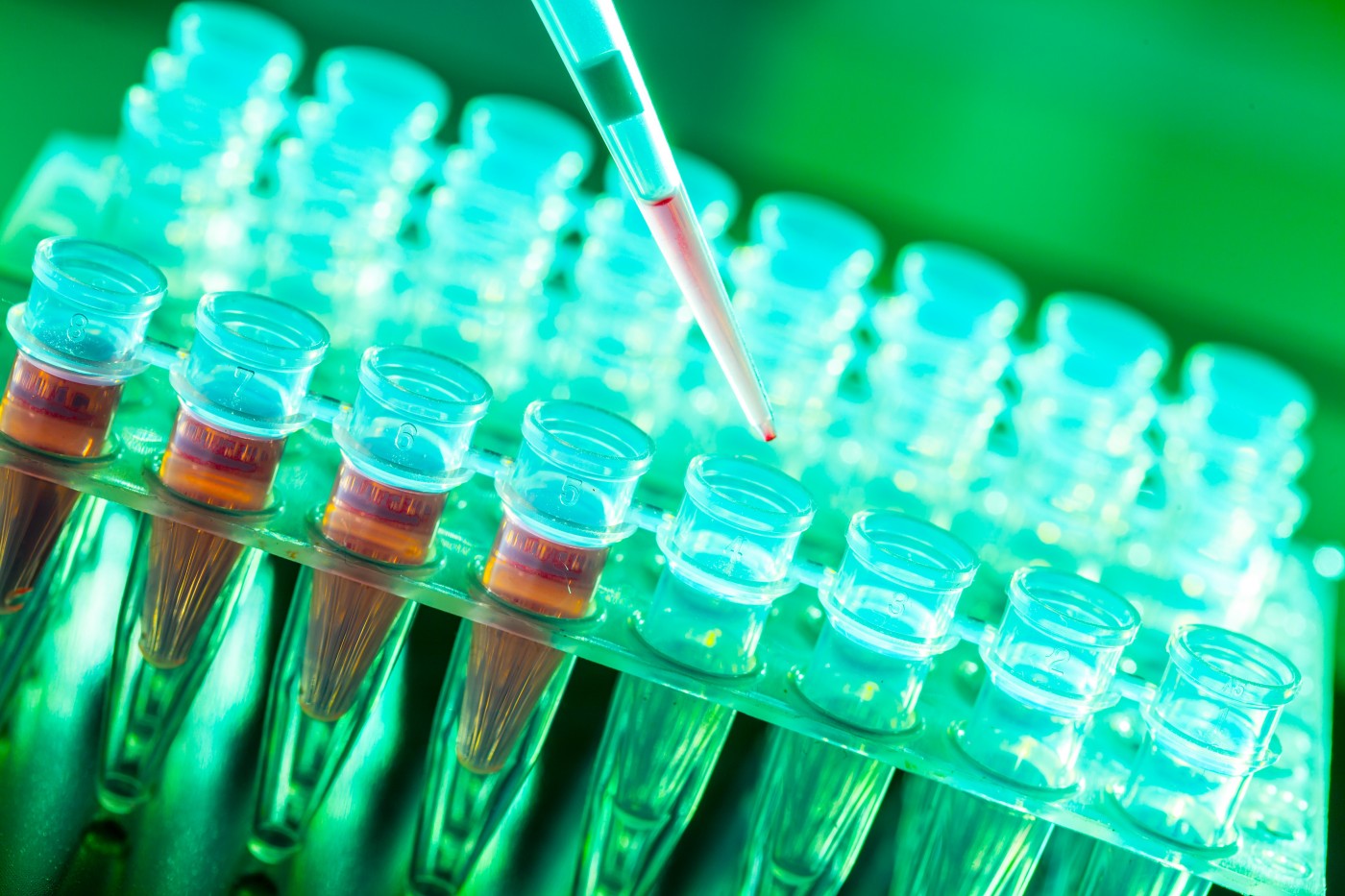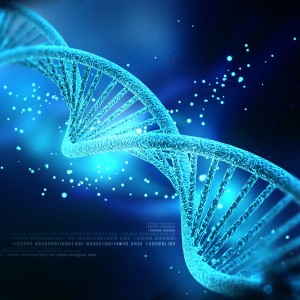Researchers Find New Dynein Mutations of Clinical Relevance for Motor Neuron Diseases
Written by |

 A study published in the journal Human Mutation revealed new genetic mutations in a domain of a dynein gene. The study, entitled “Novel mutations in the DYNC1H1 tail domain refine the genetic and clinical spectrum of dyneinopathies,” unlocks new insights into motor neuron diseases such as Spinal Muscular Atrophy.
A study published in the journal Human Mutation revealed new genetic mutations in a domain of a dynein gene. The study, entitled “Novel mutations in the DYNC1H1 tail domain refine the genetic and clinical spectrum of dyneinopathies,” unlocks new insights into motor neuron diseases such as Spinal Muscular Atrophy.
Dynein is a microtubule motor protein that uses the energy contained in ATP (adenosine triphosphate) molecules to move. Dyneins can be either axonemal, facilitating the movement of cilia and flagella, or cytoplasmic, transporting several intracellular cargos along microtubule tracks. The movement of cytoplasmic dyneins is usually directed towards the center of the cell. Several studies show evidence that genetic mutations in dyneins underlie some neurodegenerative disorders such as Alzheimer’s disease, Huntington’s disease, Parkinson’s disease, and motor neuron diseases.
The heavy chain 1 of cytoplasmic dynein (DYNC1H1) is known to be associated with movement along microtubules and with the recruitment of dynein components. Interestingly, genetic mutations in this gene have been linked to motor and sensory neuropathy (HMSN), spinal muscular atrophy (SMA), malformations in the cortex, or a combination of both. HMSN is an inherited, progressive neurodegenerative disorder characterized by muscle atrophy and sensory loss in several parts of the body. SMA is a rare and devastating motor neuron disease, where nerves controlling muscles and voluntary movement degenerate, resulting in paralysis and eventually death.
[adrotate group=”3″]
By applying a combination of different techniques, researchers identified a new genetic defect in one of the domains of the DYNC1H1 gene which resulted in axonal HMSN. In addition, after assessing 355 patients, a new mutation was identified in a single SMA patient. This patient presented a more severe clinical situation, with multiple congenital contractures and delayed motor signs, although without any brain malformations. Researchers found that these DYNC1H1 mutations lead to a stronger interaction with the adaptor BICD2 (bicaudal D homolog 2) protein, whose role is to link the dynein molecular motor with its cargo. Interestingly, previous studies concerning mutations in the BICD2 gene found a similar phenotype as the one observed in DYNC1H1.
These findings show that the DYNC1H1 gene presents a wider genetic heterogeneity that can subsequently result in a broader clinical range of conditions associated to genetic defects in this particular gene. The researchers suggest that since the additional mutations found in the DYNC1H1 gene are of clinical relevance, they should be taken into consideration in the molecular diagnostic of motor neuron disorders.






